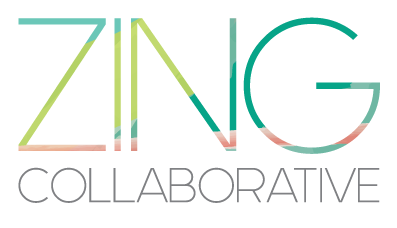How to Create a Functional Resume
Back in the day, most of us were taught to create resumes in a very specific way: list out all of our accomplishments, education, and work history in reverse chronological order.
While this format works great for recent college grads and those with very linear and/or traditional work history, it is not the best format for everyone. For many people, a functional or combination resume might be better. With this format, the skills/qualities/traits are summarized first, with the specific experiences and roles listed toward the end of the resume.
Across my clients and colleagues, I find that a functional or combination resume often works best for those who:
Have varied and/or non-linear experience.
Spent a period of time working from the home.
Want to highlight skills and qualities versus specific roles.
If you’re thinking of a resume refresh and considering a functional or combination format, here are a few tips for getting started.
Think about the top 3-5 skills/qualities that you’d like to highlight. Write them down. Once you finalize your list, these will become your themes for your functional resume.
Then, for each, think about the experiences you’ve had that demonstrate these skills and qualities. When thinking about these experiences, focus on the specific impact you had - what positive change did you create? How did your specific skills and qualities help to move the needle?
After you’ve worked on the specifics above, write out a brief summary that captures who you are, what you’re looking for, and why you’re unique. This can be used as a header on your resume (and can also become part of your LinkedIn profile). Note: I strongly believe that we, as humans, are much more than a list of skills or a list of experiences. The header is a way to add a bit more humanity to our resumes; it can serve as an introduction and a way of saying - hello, this is who I am as a whole person, and below you can find more information about who I am as a professional.
Plan to include a chronological summary at the bottom of your resume, in which you list your work history, experience, and dates.
Solicit input from trusted colleagues/mentors. What would they identify as your top skills and qualities? Are their lists aligned with yours? Note: solicit feedback from only trusted colleagues and/or mentors who have actually worked with you, and/or trusted colleagues in the HR/recruiting/coaching/career transition space, in order to avoid getting unhelpful suggestions from the peanut gallery.
Consider enlisting a professional. Often, in an hour-long session with my clients, we can bust out a solid draft of a complete resume refresh, along with a set of next steps and action items for LinkedIn. Writing our own resume in isolation is one of the hardest things we can do, I find, and often bringing in a bit of outside help can be a game changer. Warning: there are many resume experts and companies out there who charge $8,000-$10,000 to re-do your resume, guaranteeing that this investment will lead to the resume being picked up in all of the keyword searches that you desire. Do not pay this much. Even for the highest level executive or CXO level roles, I have not found these services to demonstrate the amount of ROI that they promise for my clients and colleagues.
I hope that these tips are helpful as you work on your own functional resume. Need a bit of help, or want to book a power hour to bust out these updates together? Feel free to reach out.

